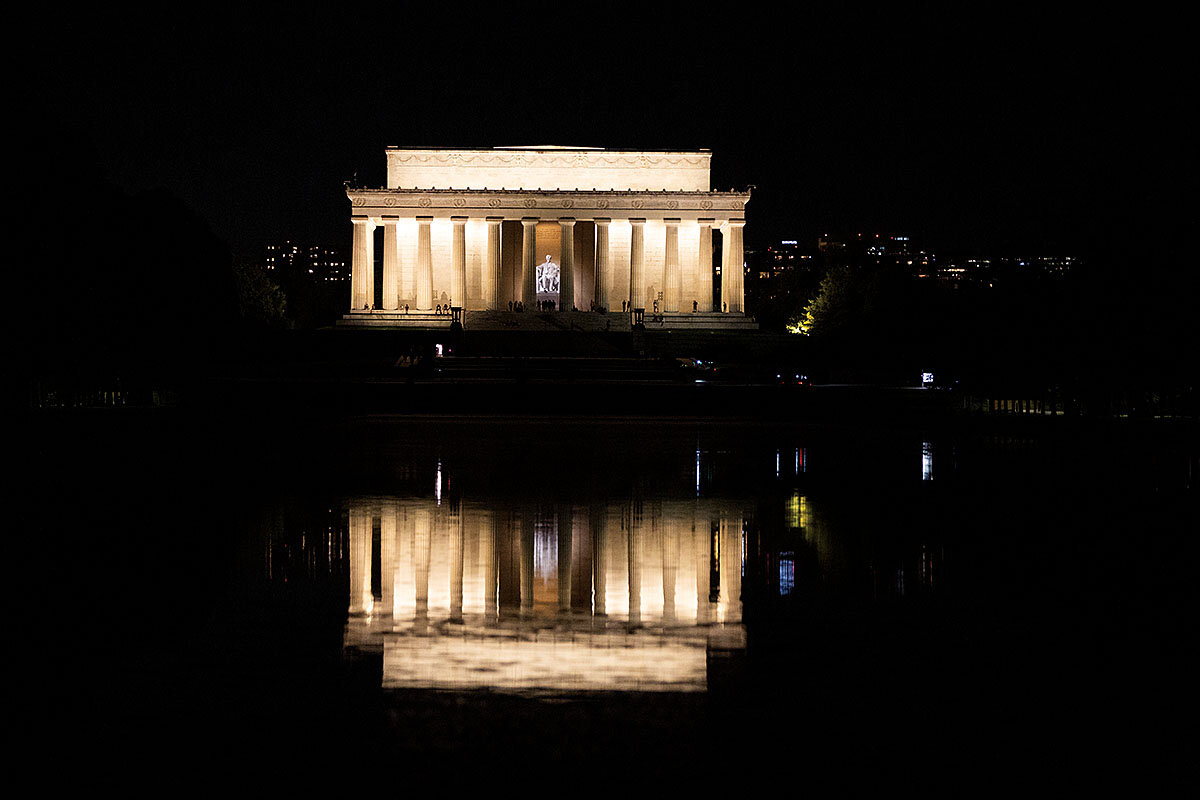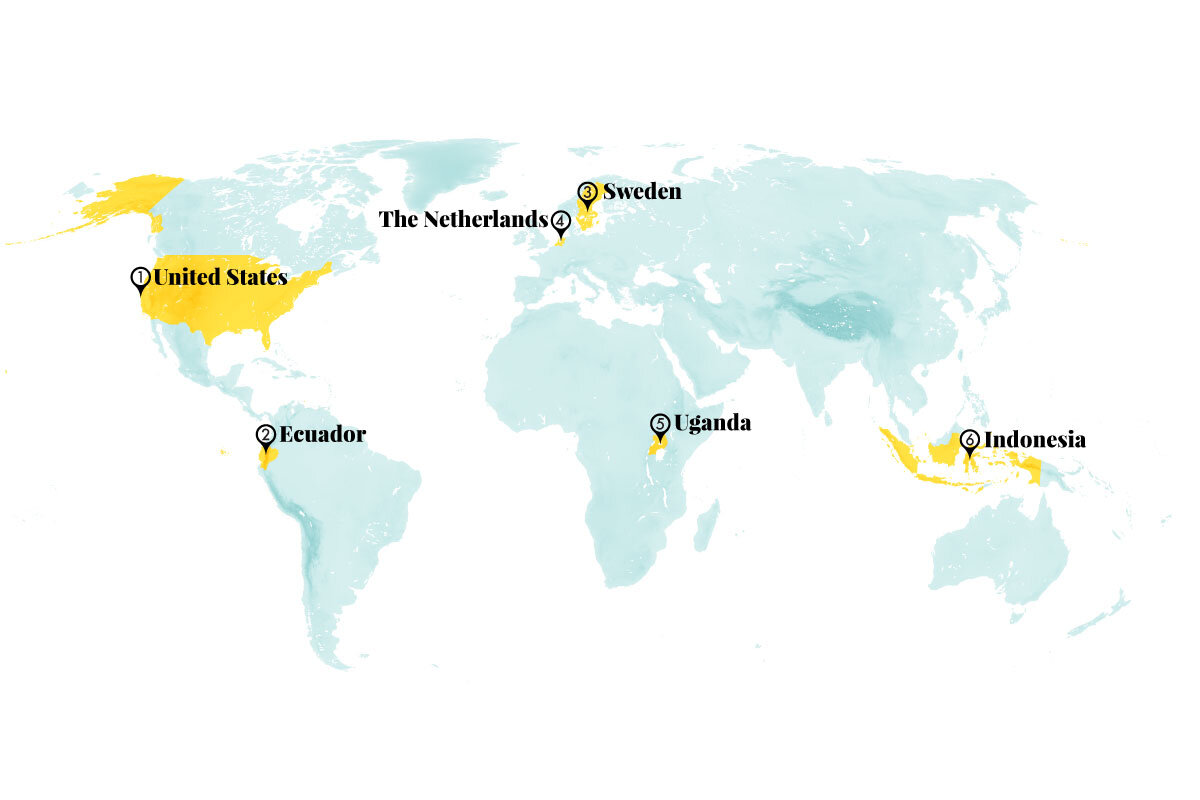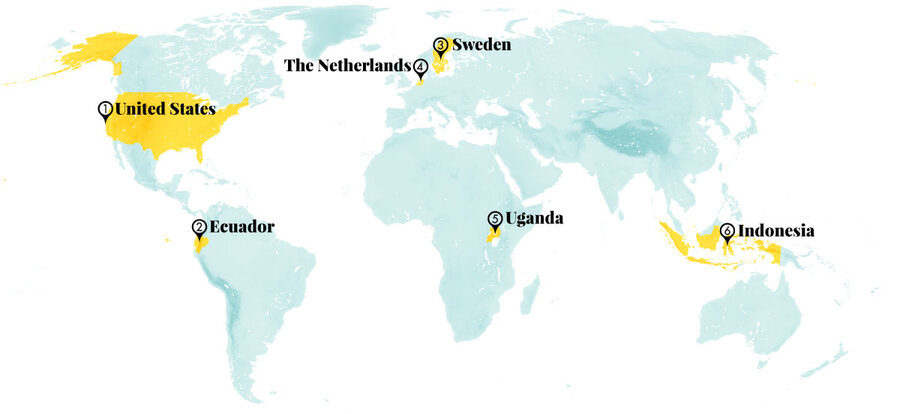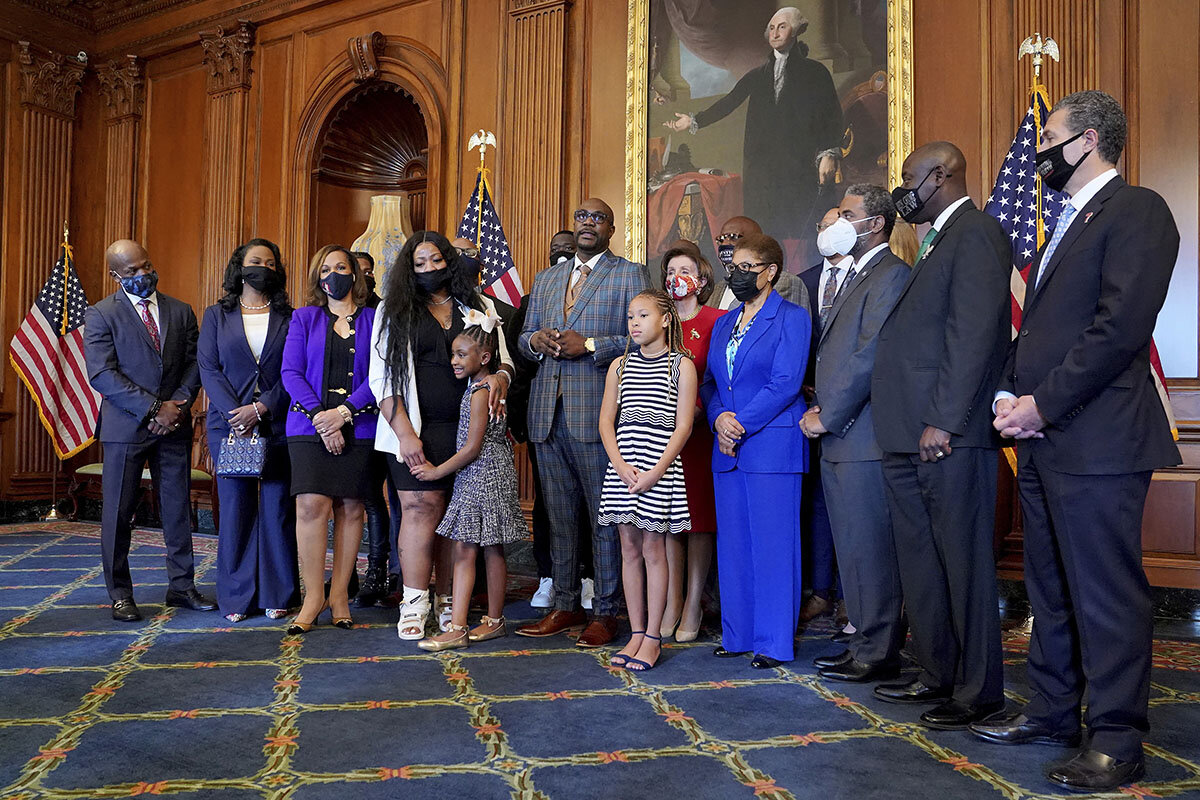A shift within the Democratic Party has eroded its support for Israel in its handling of the Palestinian conflict. That shift has put a spotlight on the weight of human rights in President Biden’s foreign policy.
Monitor Daily Podcast
- Follow us:
- Apple Podcasts
- Spotify
- RSS Feed
- Download
 Stephen Humphries
Stephen Humphries
In March, a lawyer named Brandon Boulware delivered a speech that has over 7 million views on Twitter. He wasn’t in court. He was asking Republicans in the Missouri state legislature not to ban his 12-year-old transgender daughter from playing sports with other girls.
Mr. Boulware says he sought to forge a persuasive connection with the lawmakers.
“I’ll treat others how I’d want them to treat me. And that, of course, is with respect,” says Mr. Boulware in a phone interview. “No matter what our preconceived notions are about people or their positions, their attitudes, etc., you have to hear people out, because so many times what we assume is true about someone and their beliefs is not.”
Mr. Boulware’s approach offers a model for civil discourse – regardless of the particular issue at hand. He led with humility. For years, he admitted to lawmakers, he didn’t understand transgender issues either. He’d been slow to embrace his daughter. Once he did, his once miserable kid blossomed into a happy one.
“The part that resonates with people the most is his willingness to admit that he was not accepting,” says Missouri state Sen. Greg Razer, an openly gay Democrat. “I think far too often – and not just on this issue – progressives and liberals like to demonize people for not accepting instantly. And we need to give people time.”
The bill in Missouri will be decided in the fall. Mr. Boulware hopes he’s started a productive conversation by focusing on common values he shares with his adversaries, such as his Christianity.
“The most critical commandment that Jesus gave to his disciples was, ‘Love one another as I have loved you,’” he says. “If you remind people of that, the walls that we put up, they start to crumble.”










